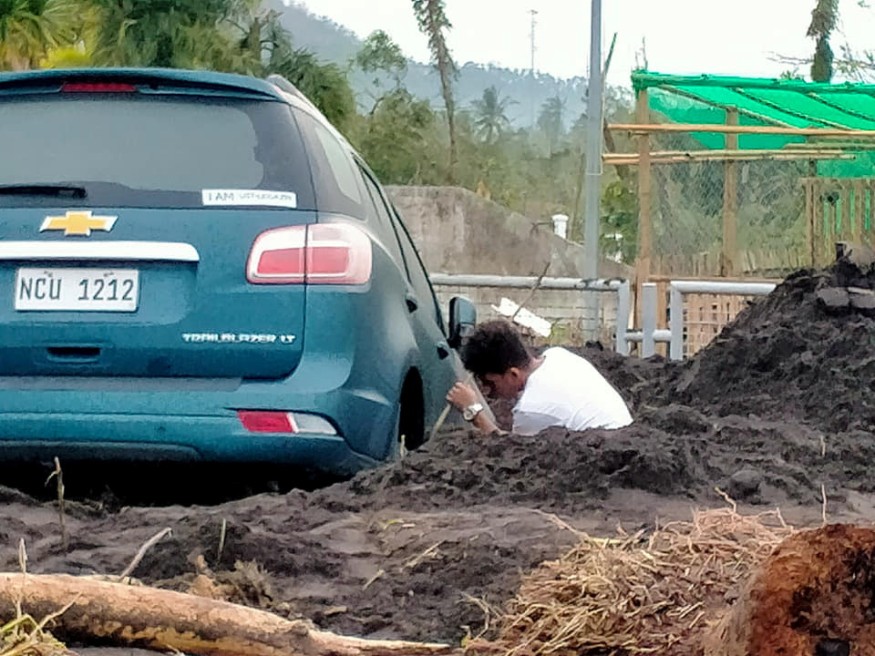Typhoon Goni just left the Philippines, being the most powerful of 2020's typhoons in the country, destroying homes by the tens of thousands. According to officials' reports last Monday, there 20 dead in its wake.
Torrential rain and ferocious winds
Goni's full force was borne by the Bicol Region, particularly by the island province of Catanduanes as well as Albay province. The typhoon's sustained winds had a maximum speed of 225 kilometers per hour (or 140 miles per hour) as it ravaged the region's east coast last Sunday.
The rain and winds destroyed power lines, created floods, and caused landslides that engulfed homes. Goni's destruction was felt across Luzon island's southern region.
Luzon is the largest island in the country with the highest population. As of this writing, the worst-hit provinces still had no communications.
Fortunately, the typhoon quickly lost intensity when it arrived at the Metropolitan Manila area, the nation's capital, after which exited the country to the west at the South China Sea.

According to Philippine senator and Red Cross Philippines head Richard Gordon, the devastation brought by Typhoon Goni was horrifying, especially in the Albay and Catanduanes provinces.
Gordon said that 90% of all the homes were destroyed or severely damaged in many areas. Goni affected many lives, which only added to the economic, physical, and emotional toll brought by the current coronavirus pandemic.
Hundreds of thousands evacuated from their homes prior to the arrival of the typhoon, with many still in evacuation centers, while authorities rushed in restoring telecommunications and power in the most affected areas.
There were 14 deaths in Albay, although according to Cedric Daep, the provincial disaster chief, thousands could have perished if they did not conduct pre-emptive evacuations.
According to Daep, housing and infrastructure sustained extensive damage. Residents continue to stay hungry and dislocated while continuing to suffer from the loss of their livelihoods and jobs due to the pandemic. He added that several families do not even own kitchen utensils.
According to the Civil Defense, over 20,000 homes have been destroyed, while approximately 58,000 were partially damaged. Farmlands were damaged as well.
Clean-up activities are already being conducted, and residents are already removing their soaked furniture and possessions. They are shoveling debris and mud out of their homes, brought by the heavy rain and floods.
Landslides
Seven victims lived in an area where a volcanic ash landslide occurred. This ash came from Mayon Volcano, the famous and highly active volcano in Albay.
The Guinobatan town mayor reported that approximately 147 homes were swamped.
Super typhoon status
Goni is classified as a super typhoon as it hit Catanduanes. There, a minimum of six people perished, while most houses, buildings, and other infrastructures were either damaged or completely destroyed.
According to Joseph Cua, Catanduanes provincial governor, they were severely affected, with the majority of the power lines having been damaged, and the full extent of damages still unknown due to the delay in communications.
Cua is hoping for the speedy arrival of aid because they do not have enough funds to cope with the devastation caused by Typhoon Goni to the many provinces of the Philippines.
Check out for more news and information on Hurricanes on Nature World News.
© 2025 NatureWorldNews.com All rights reserved. Do not reproduce without permission.





